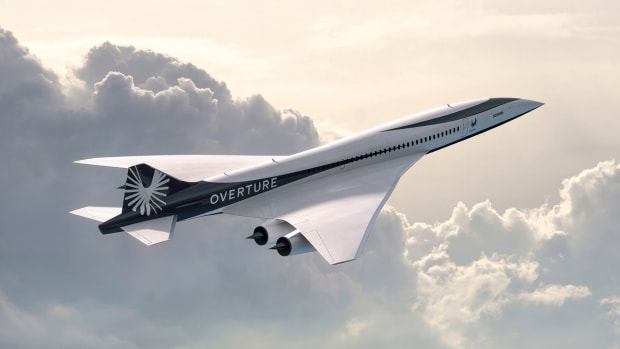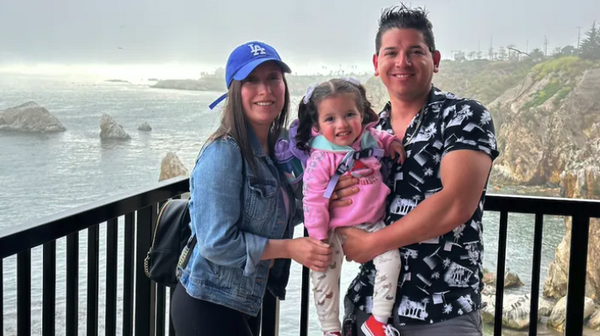Recreational space travel, flights across the world in just a few hours — what once seemed like something out of a science-fiction novel is, more and more, turning into one more thing that divides the ultra-wealthy from the rest of us.
Back in July 2021, Virgin Galactic (SPCE) became the first spaceflight company in the world to launch a crewed passenger trip to space with founder Richard Branson. Companies like Elon Musk's SpaceX and Jeff Bezos' Blue Origin followed soon after and, by February 2022, Virgin Galactic started taking $150,000 deposits for anyone who wants to take a 90-minute flight to the edge of space.
The total price is $450,000 and passengers pay the remaining $300,000 once they get placed on an exact date later in the year. In just a few days, the waiting list reached over 8,000 people while some wealthy space fans put down $250,000 as far back as 15 years ago to get a spot.
American Airlines and Supersonic Jets
While not quite as expensive as space tourism, supersonic aircraft is another technology that pushes the limits of what is possible for those who can afford it.
Using compression pressure to fly faster than the speed of light, supersonic planes can fly as fast as 1,500 miles per hour and reach destinations that would normally take 10 hours in a four or five. The most famous example is the Concorde, a 1969 airliner that could fly from New York to London in just under three hours.
The fact that something can be done doesn't mean that one can justify the high costs — the Concorde was formally retired in 2003 due to inconsistency between cost of maintenance and those willing to pay as much as $10,000 for a ticket.

Boom Supersonic
Supersonic plane development largely took a backseat over the last two decades but, this Tuesday, American Airlines (AAL) restarted that conversation by announcing that it has placed an order for 20 supersonic planes from Boom Supersonic.
"Looking to the future, supersonic travel will be an important part of our ability to deliver for our customers," American Airlines' CFO Derek Kerr said in a statement. "We are excited about how Boom will shape the future of travel both for our company and our customers."
While the company did not disclose how much it paid for the jets, it did say that the contract leaves it with the option to buy 20 additional ones if it sees demand.
How Fast Can A Boom Overture Fly?
Based out of Denver, Boom has spent the last few years designing a supersonic liner called Overture. It can carry between 65 to 80 passengers at around twice the speed of sound and should, if approved by airline safety regulators, be rolled out for testing by 2026.
The goal, Boom says, is to soon be able to fly from New York to London in three-and-a-half hours (current flying time is seven), Los Angeles to Sydney, Australia in eight (current flying time is 15) and Tokyo to Seattle in four-and-a-half hours (current flying time is nine).
It certainly sounds appealing but, for the New York-London flight, prices would range somewhere between $4,000 to $5,000 — around the cost of a first-class flight on the same destination on American Airlines.
While the price is not prohibitively expensive, the question remains whether enough people will be so pressed for time as to pay a couple of grand more for a faster ticket — the economics may or may not add up but, either way, testing processes mean that passengers will be able to try these planes out no earlier than 2029.
"If the business opportunity were so solid, why wouldn't one of the experienced planemakers such as Boeing Co., Airbus SE or Lockheed Martin Corp. already have such an aircraft in development?" writes Bloomberg's Thomas Beck. "[...] Manufacturing such a complex plane on budget and on time to keep down the price per passenger requires more than entrepreneurial brashness. Passengers probably aren't going to pay too much more than a business-class ticket to reduce the trip from Los Angeles to Hawaii to about three hours from five."







